Armin Strom
Twin Beating Hearts: Double Oscillator Watches
Armin Strom
Twin Beating Hearts: Double Oscillator Watches
However, there are several instances when the design of a movement deviates from this basic anatomy, notably by doubling up on critical components such as the regulator to offer optimal timekeeping performance with respect to a manufacture’s motive. Although watches with double regulators offer a similar visual effect of symmetry across the board, they operate on starkly different principles and can be categorized into three main groups.
Two Independent Transmission Systems
The simplest in theory are watches with two independent and complete transmission systems — double barrels, gear trains and regulators — each dedicated to a different function. Essentially two separate movements in one watch, this format is often employed to reduce the load on the gear train. It has proven to be particularly beneficial for complications that otherwise require high inertia such as the chronograph.
The main objective for such a construction in a chronograph is to do away with coupling systems and their associated drawbacks. Be it vertical or horizontal clutches, a chronograph mechanism is, to a greater or lesser extent, an additional load driven off the fourth wheel in a movement — the fastest wheel in the gear train as well as the one with the least torque, being furthest from the mainspring. Isolating the chronograph from the timekeeping gear train completely will result in greater rate stability.
Often, to make the most out of this format, the second transmission system is used to power a high frequency balance so as to achieve a more precise reading beyond the standard one-sixth (3Hz) or one-eighth (4Hz) of a second.
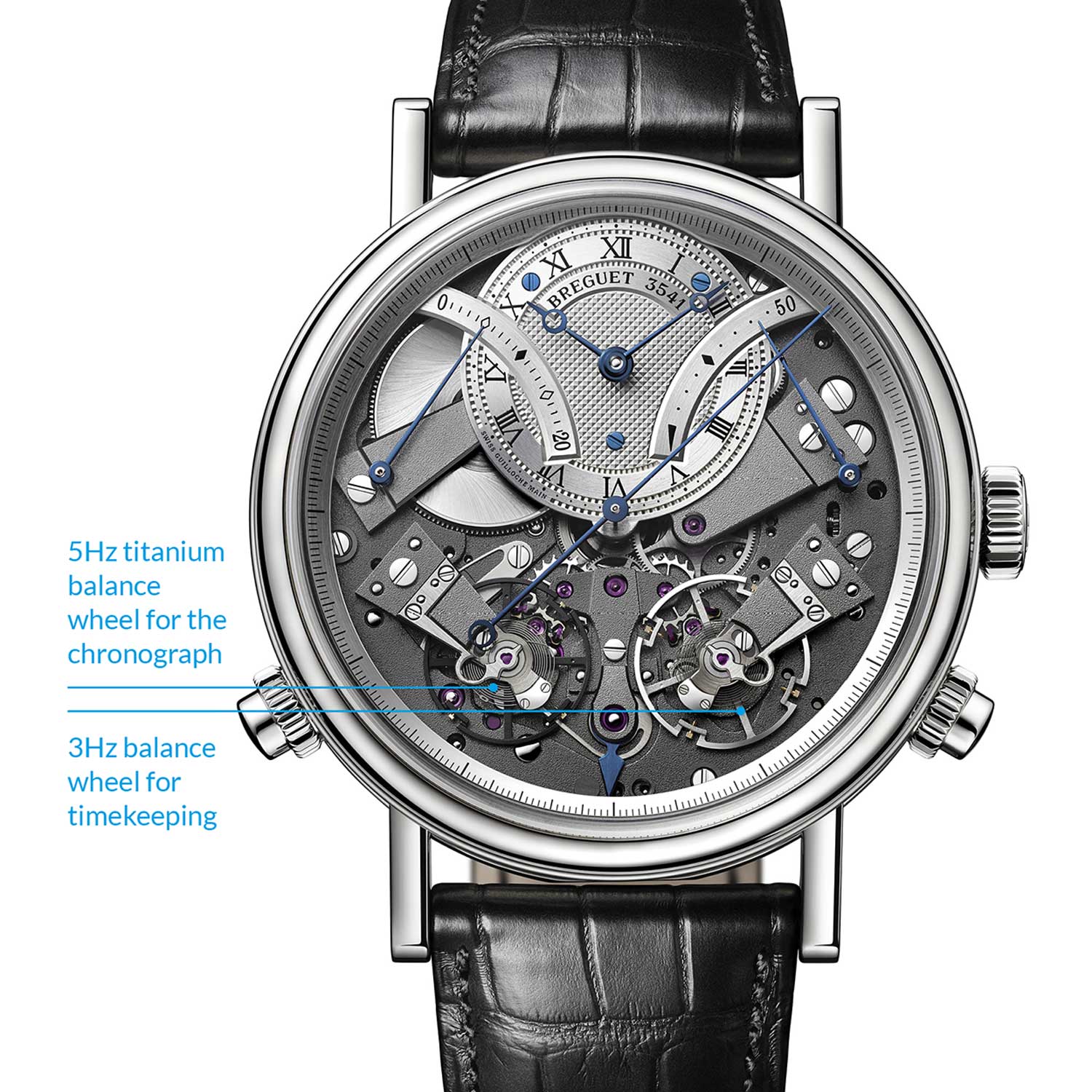
The Breguet Tradition Chronographe Indépendant 7077 with two independent transmission systems; one for timekeeping and one for the chronograph
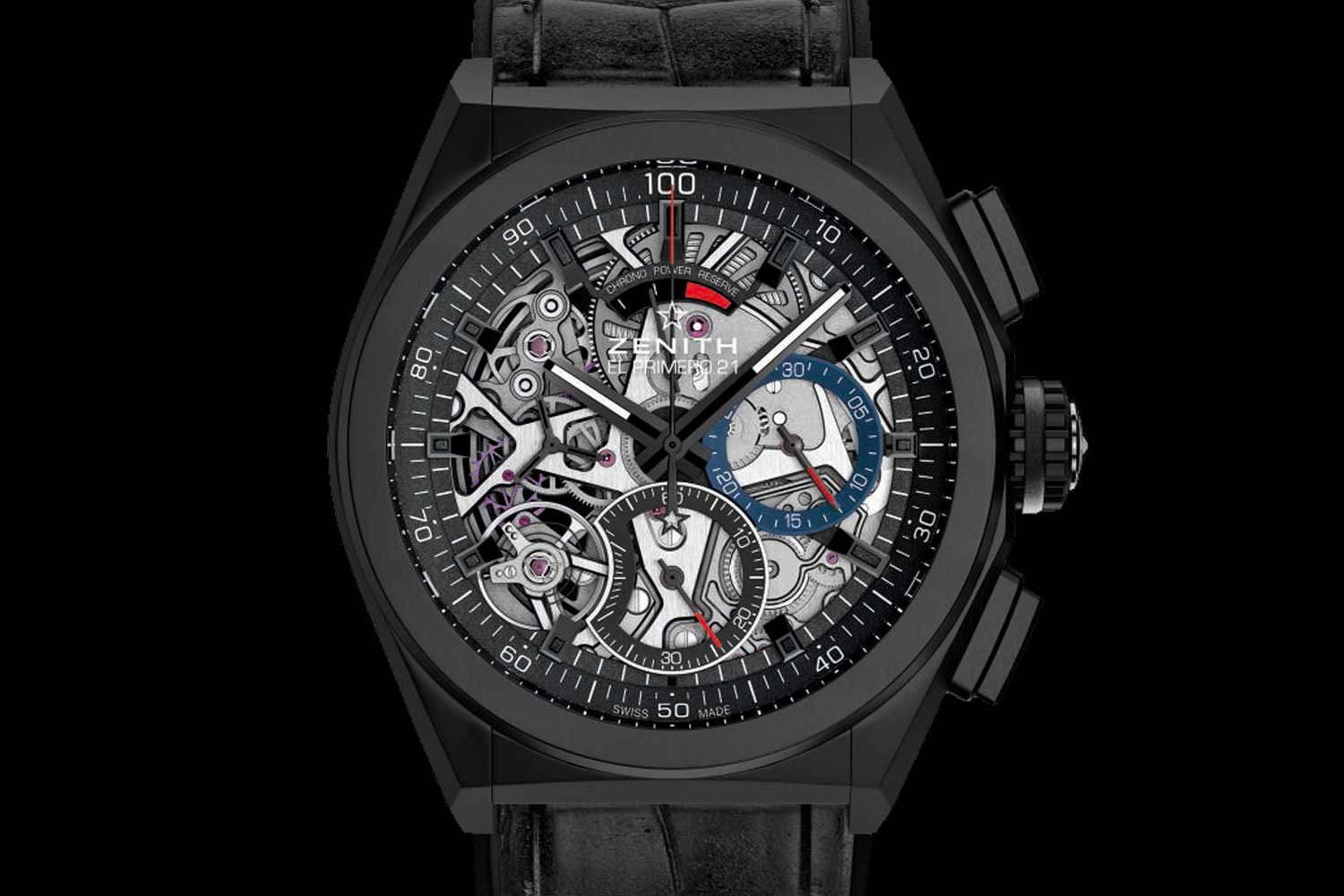
The Zenith El Primero Defy 21 with two separate mainsprings, gear trains and escapements, thereby isolating the high-frequency escapement so that the activation of the chronograph does not affect timekeeping
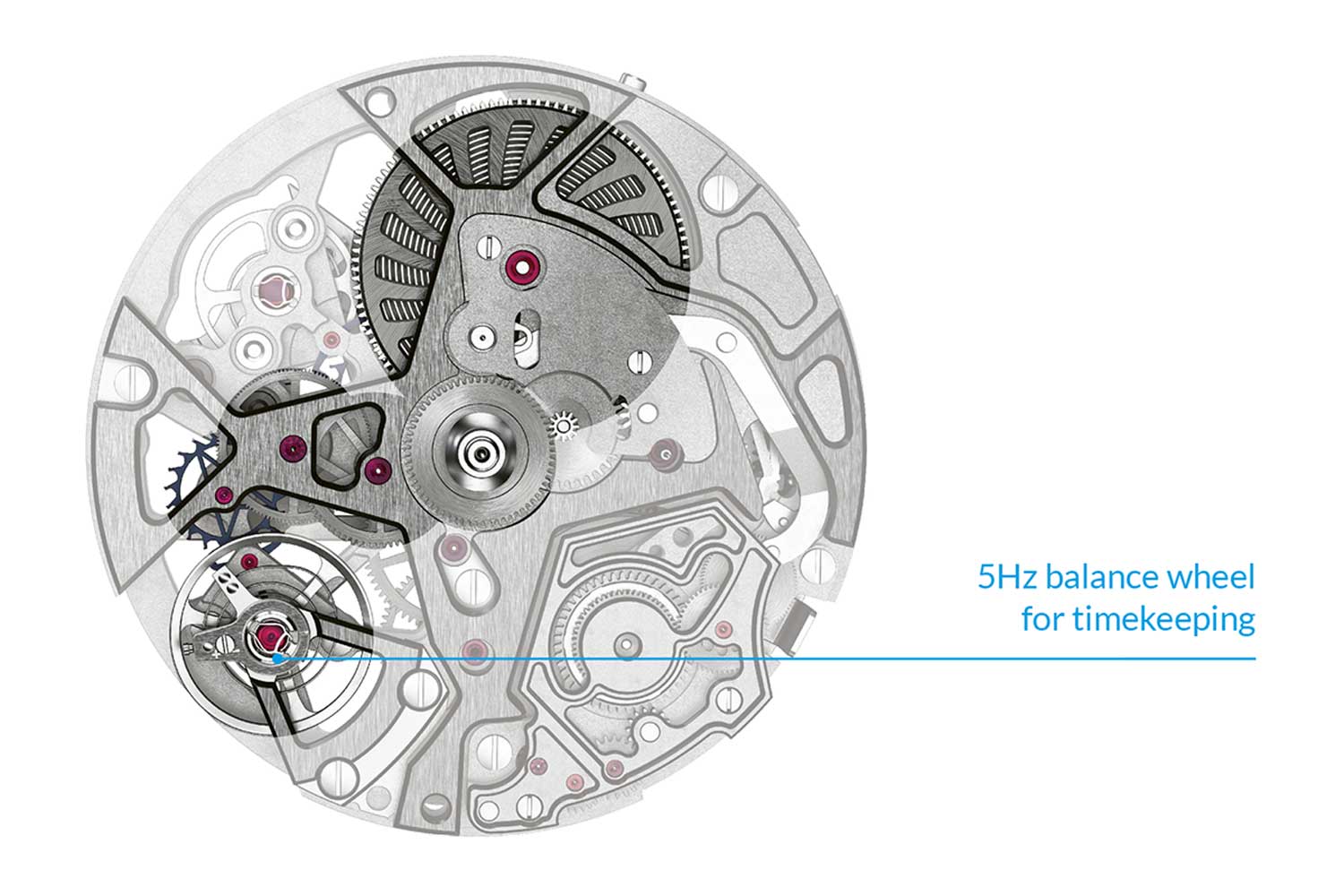
The Defy 21 is clutch-free chronograph, built with two independent wheel trains
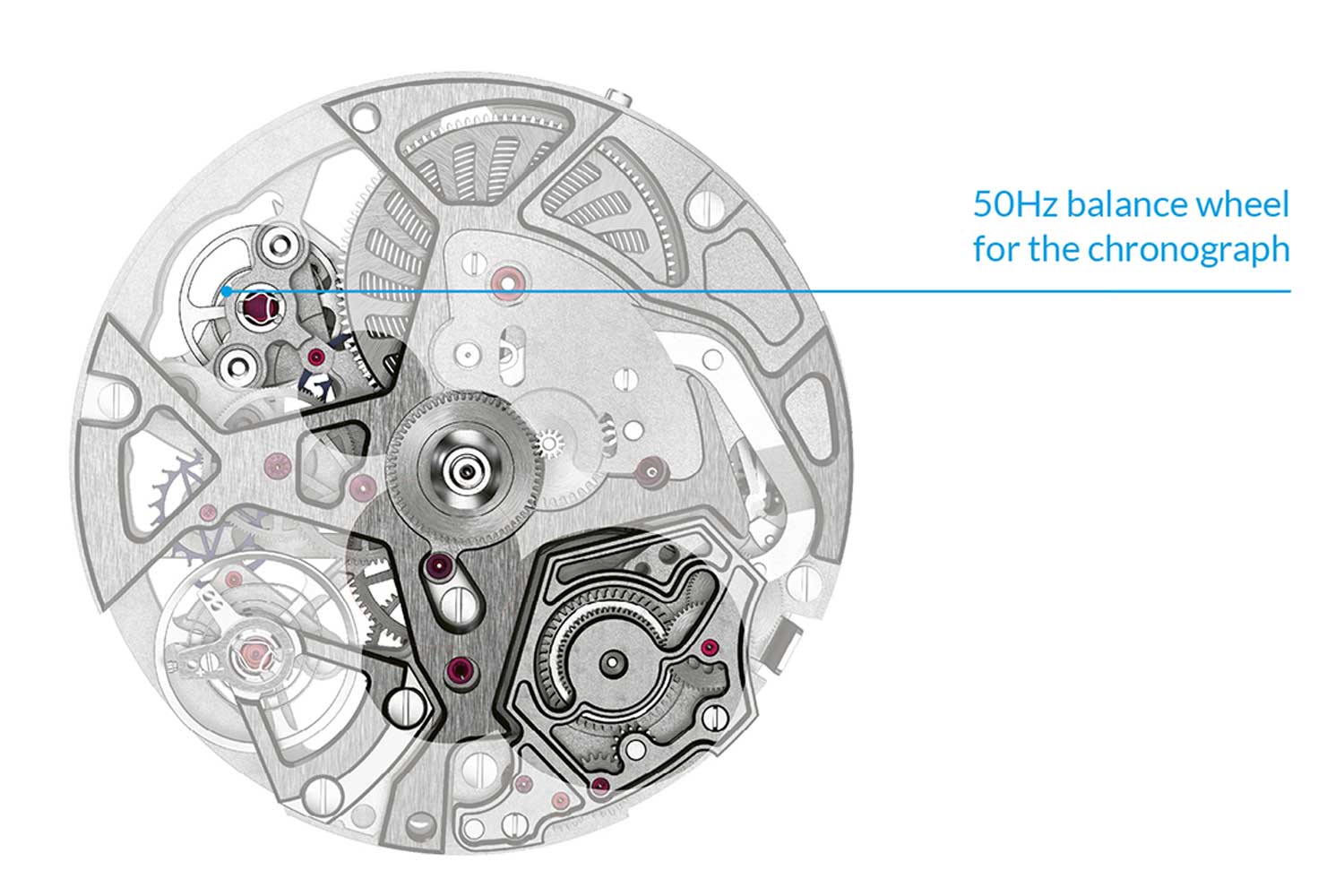
The wheel train for the 1/100th of a second chronograph; the fourth wheel is located in the middle to drive the chronograph seconds directly
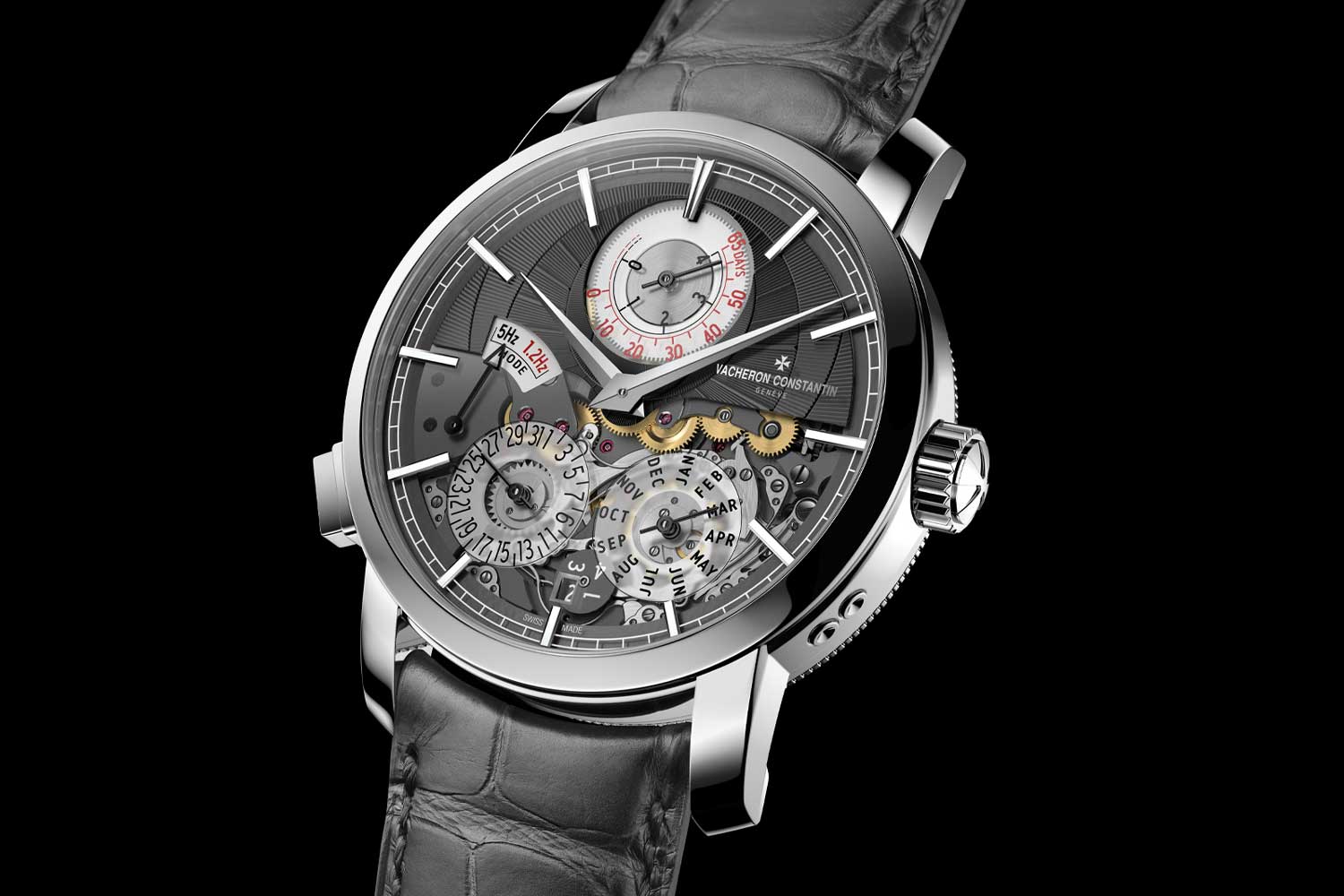
The Vacheron Constantin Traditionnelle Twin Beat Perpetual Calendar with dual wheel trains and oscillators, each dedicated to a different mode, accomplishing a 65-day power reserve on standby
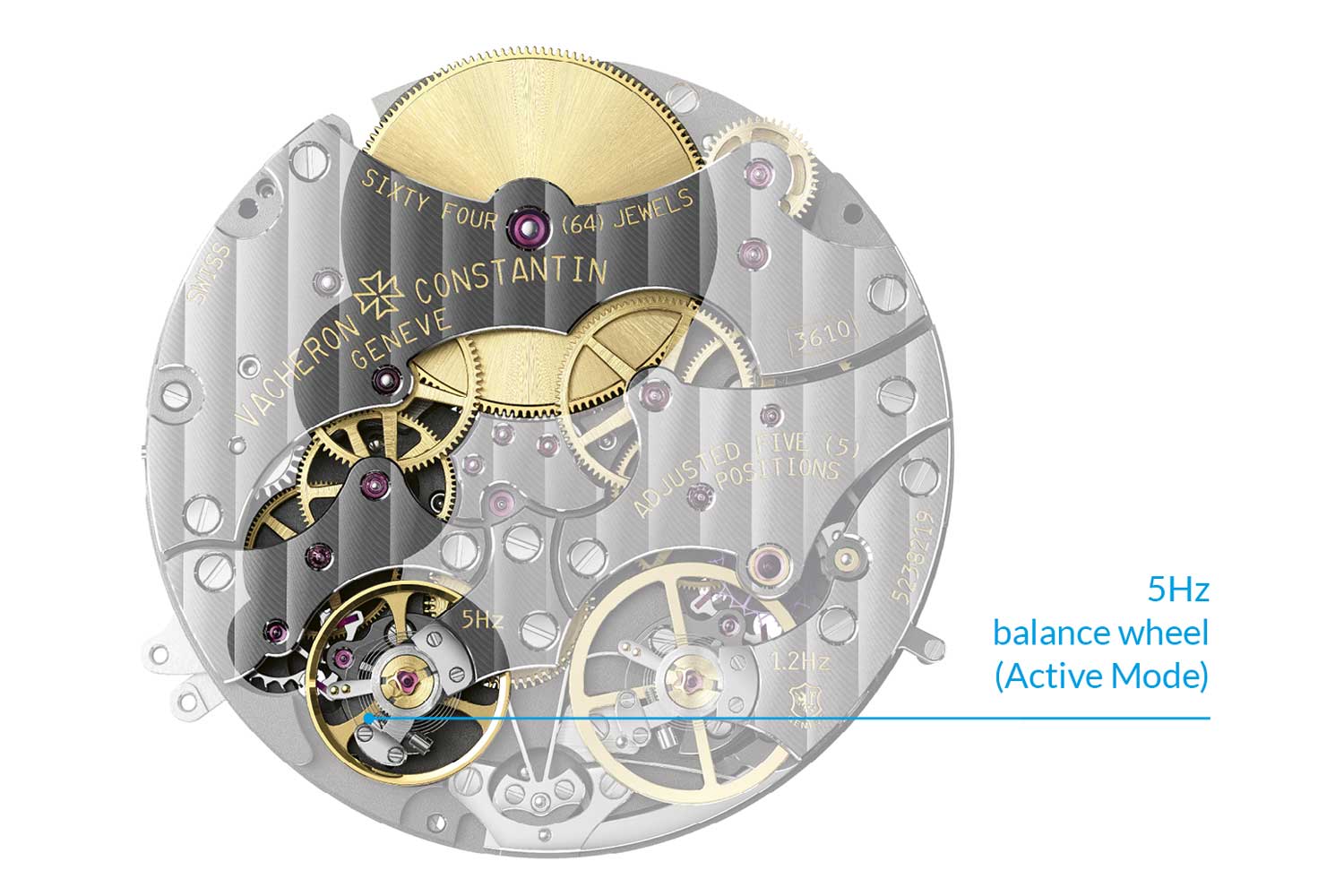
The dual-train construction in the Vacheron Constantin Traditionnelle Twin Beat Perpetual Calendar; one for the 5Hz balance (active mode) and one for the 1.2Hz balance (standby mode)
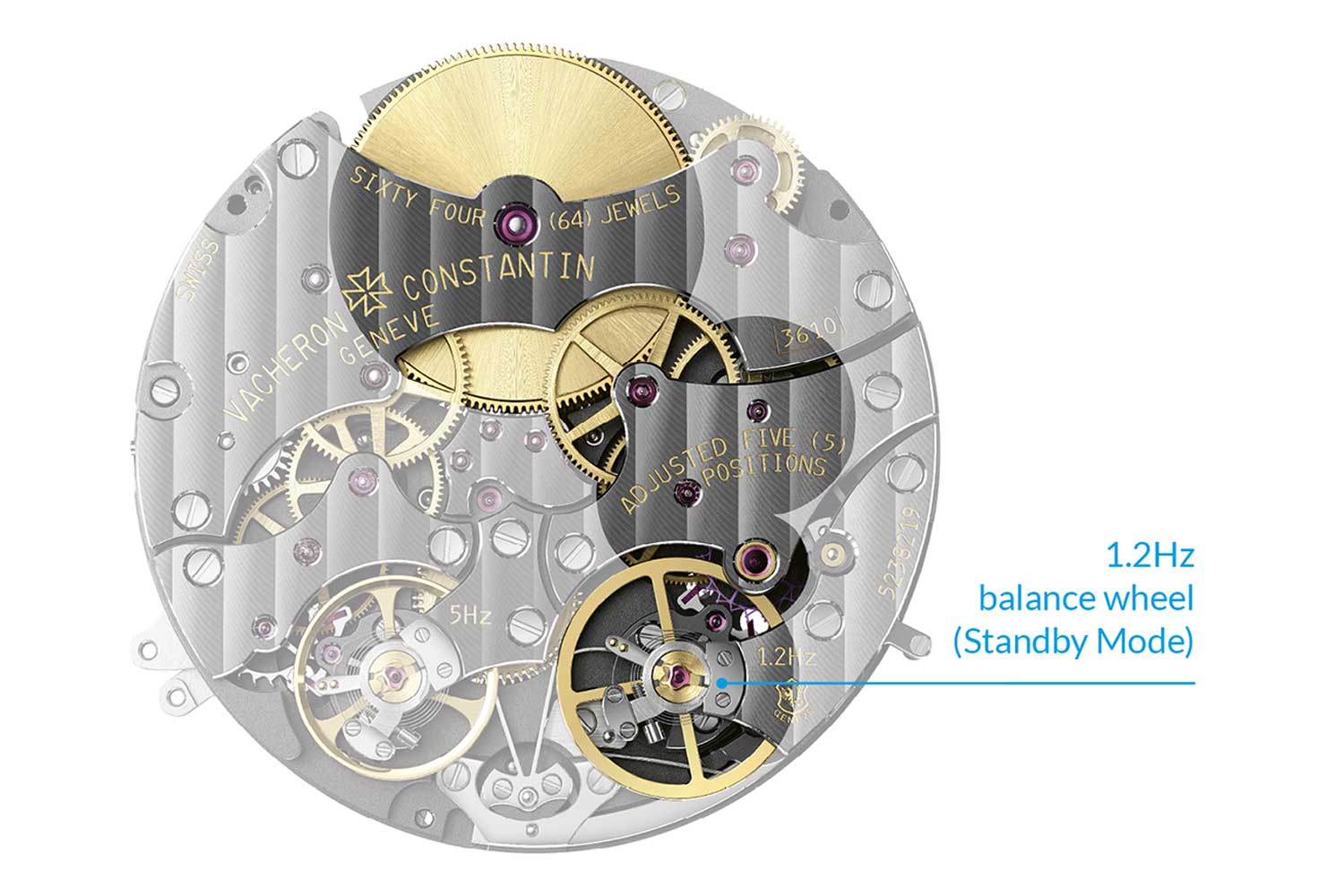
Differential Watches
The second group of watches was designed with twin escapements and regulators that are driven by a differential to mechanically average out their errors in rate. The first such wristwatch was the Philippe Dufour Duality launched in 1996. Dufour was inspired by a 1930s double regulator pocket watch produced by the students at the watchmaking school in his hometown of Le Sentier. The differential gear, on the other hand, has a history dating back to 1827. It was invented by French watchmaker and engineer Onésiphore Pecqueur and proved vital to the development of the automobile.
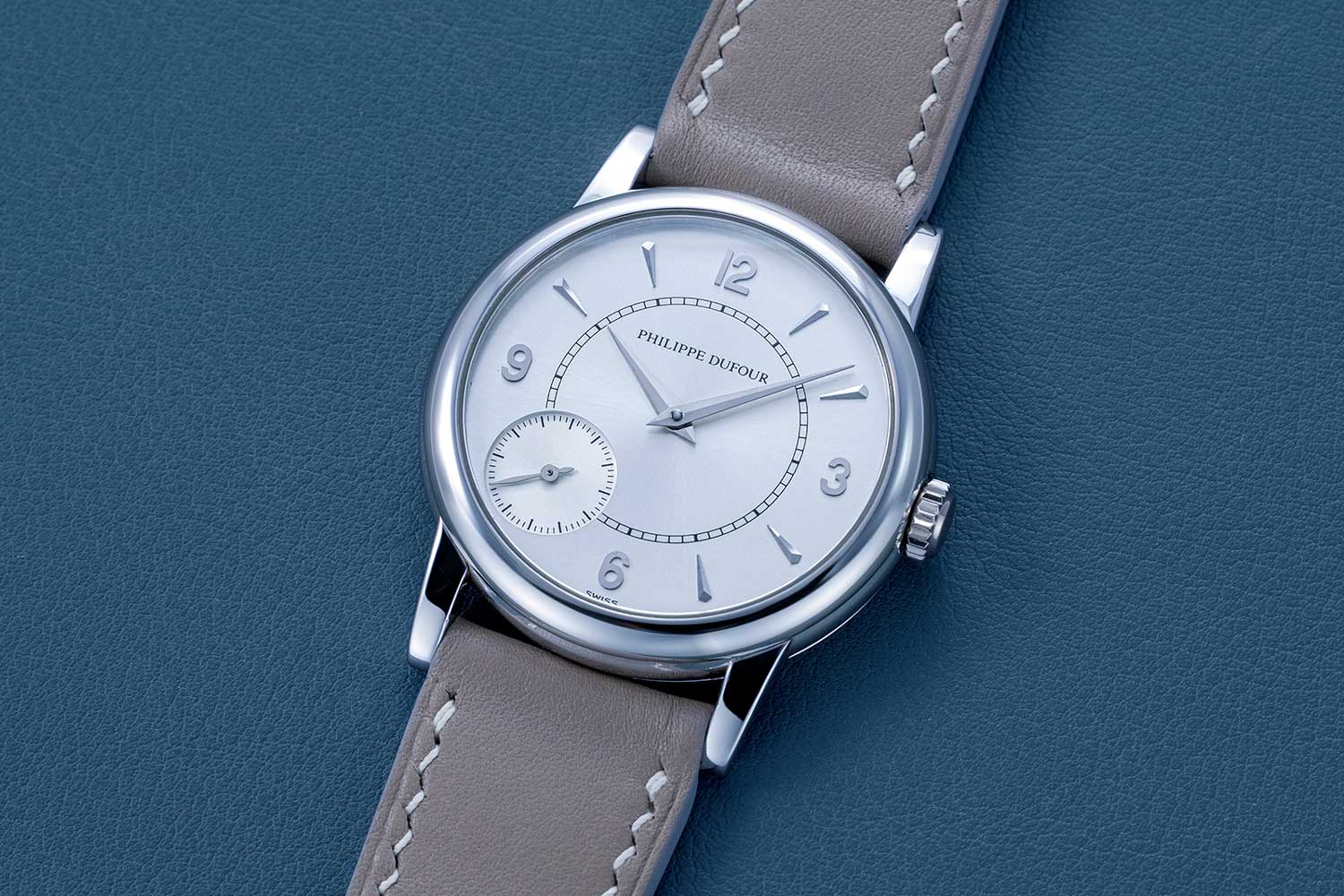
The Philippe Dufour Duality was the first wristwatch to incorporate dual regulators driven by a differential (Image: The Hour Glass)
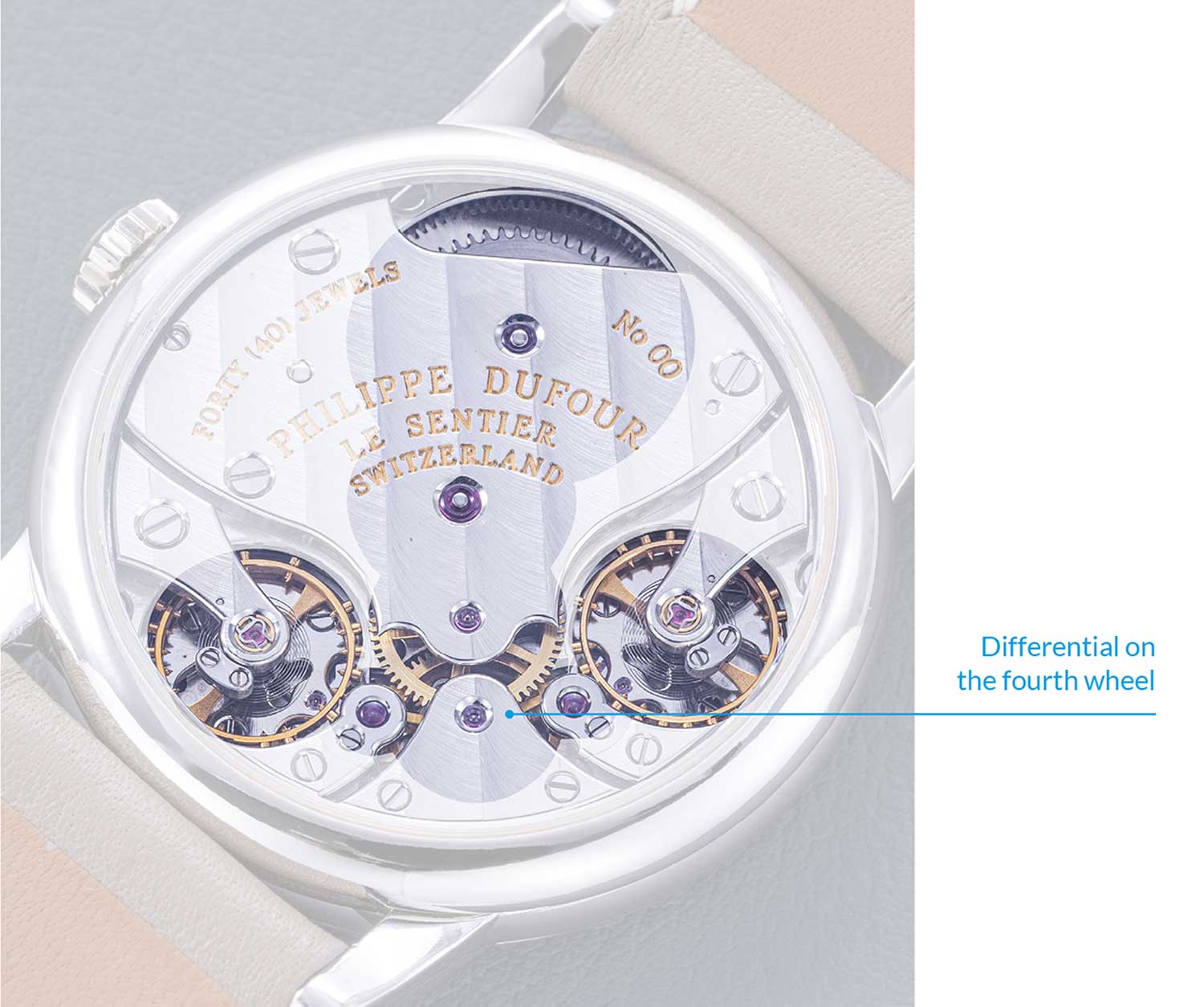
The differential splits the power from the mainspring and averages their errors to achieve a single averaged deviation for the time display (Image: The Hour Glass)
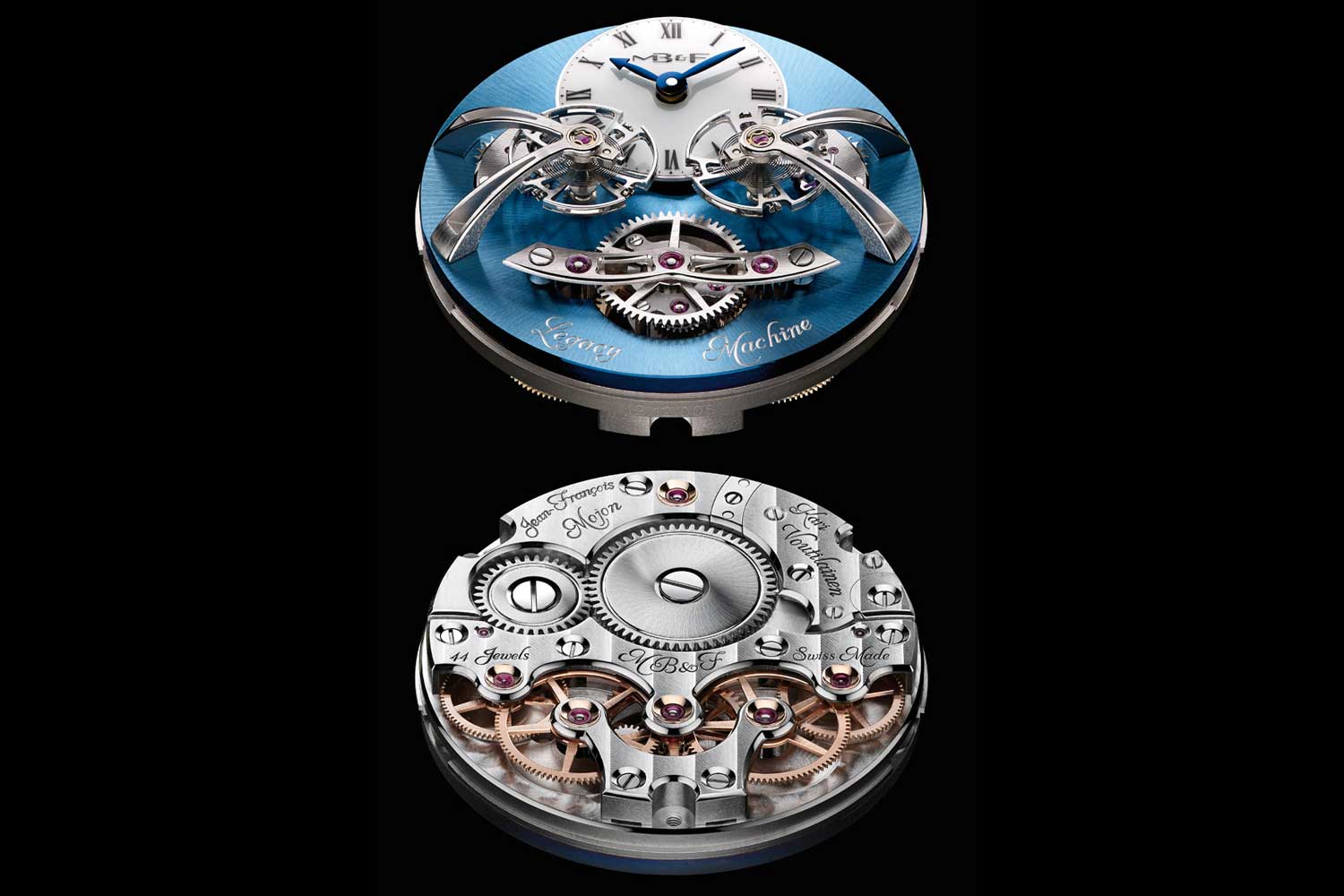
The MB&F Legacy Machine 2 with the driving wheel of the differential exposed at six o'clock on the dial
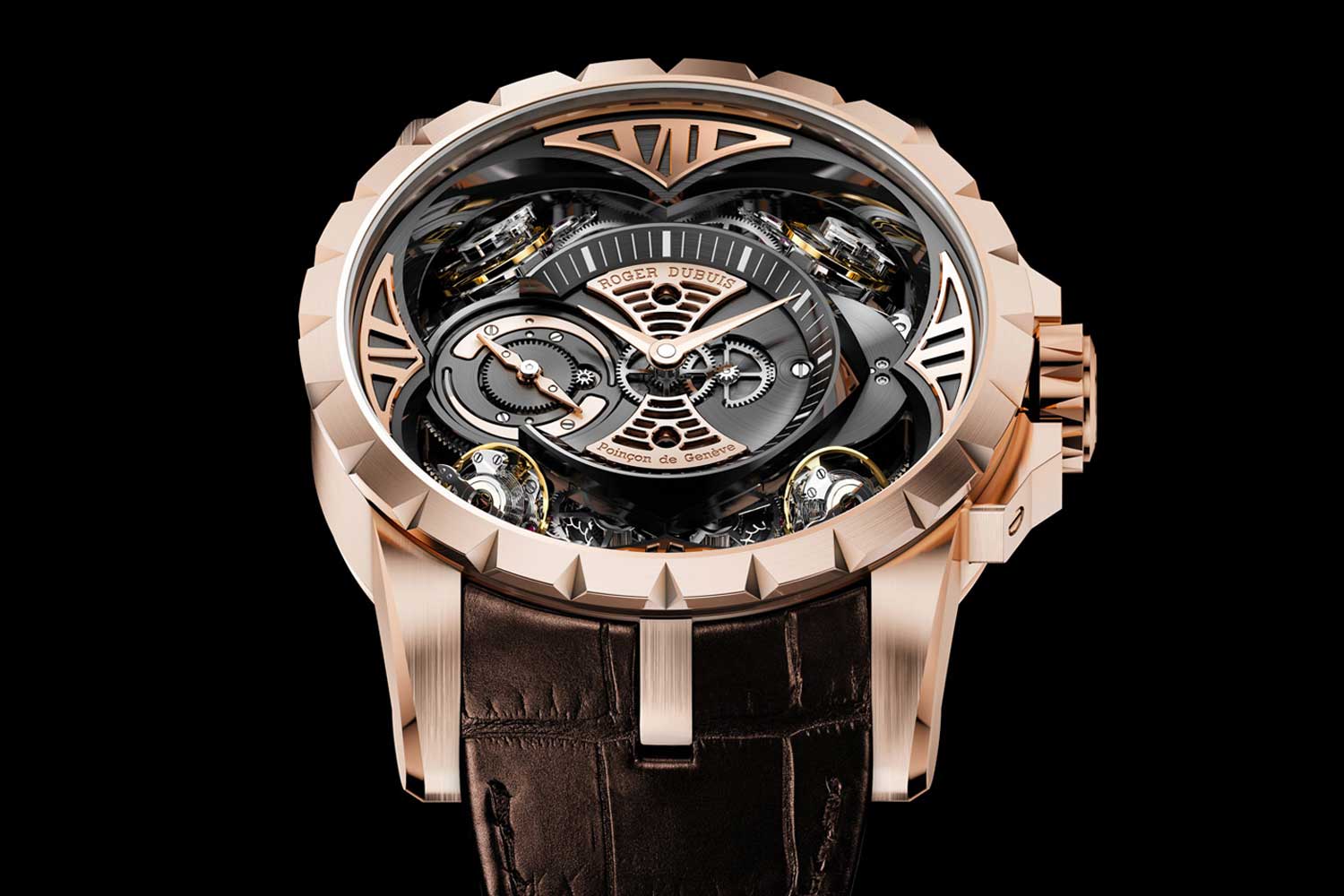
The Roger Dubuis Excalibur Quatuor equipped with four oscillators that are linked by three differentials
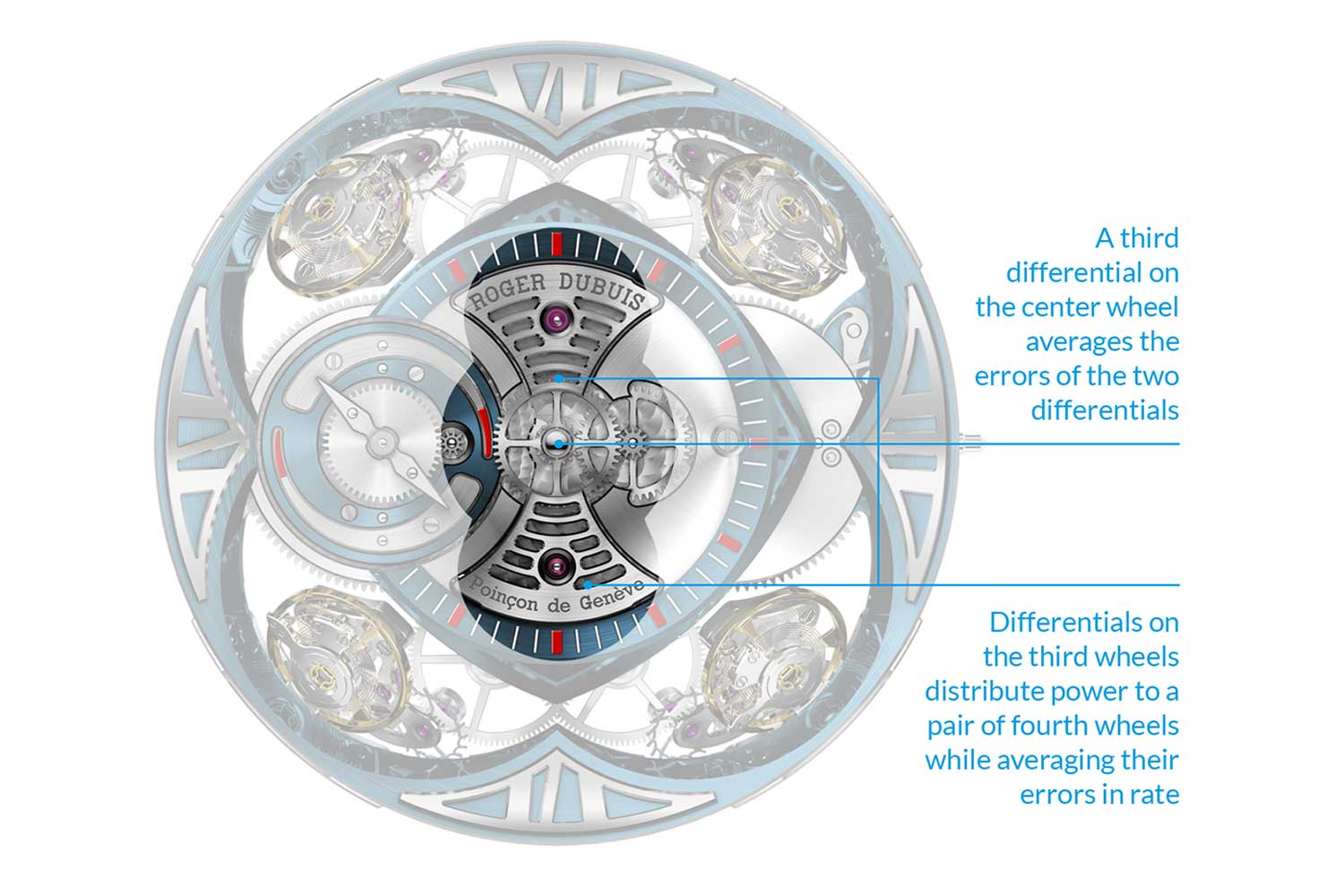
The approximate locations of the differentials in the Roger Dubuis Quatuor
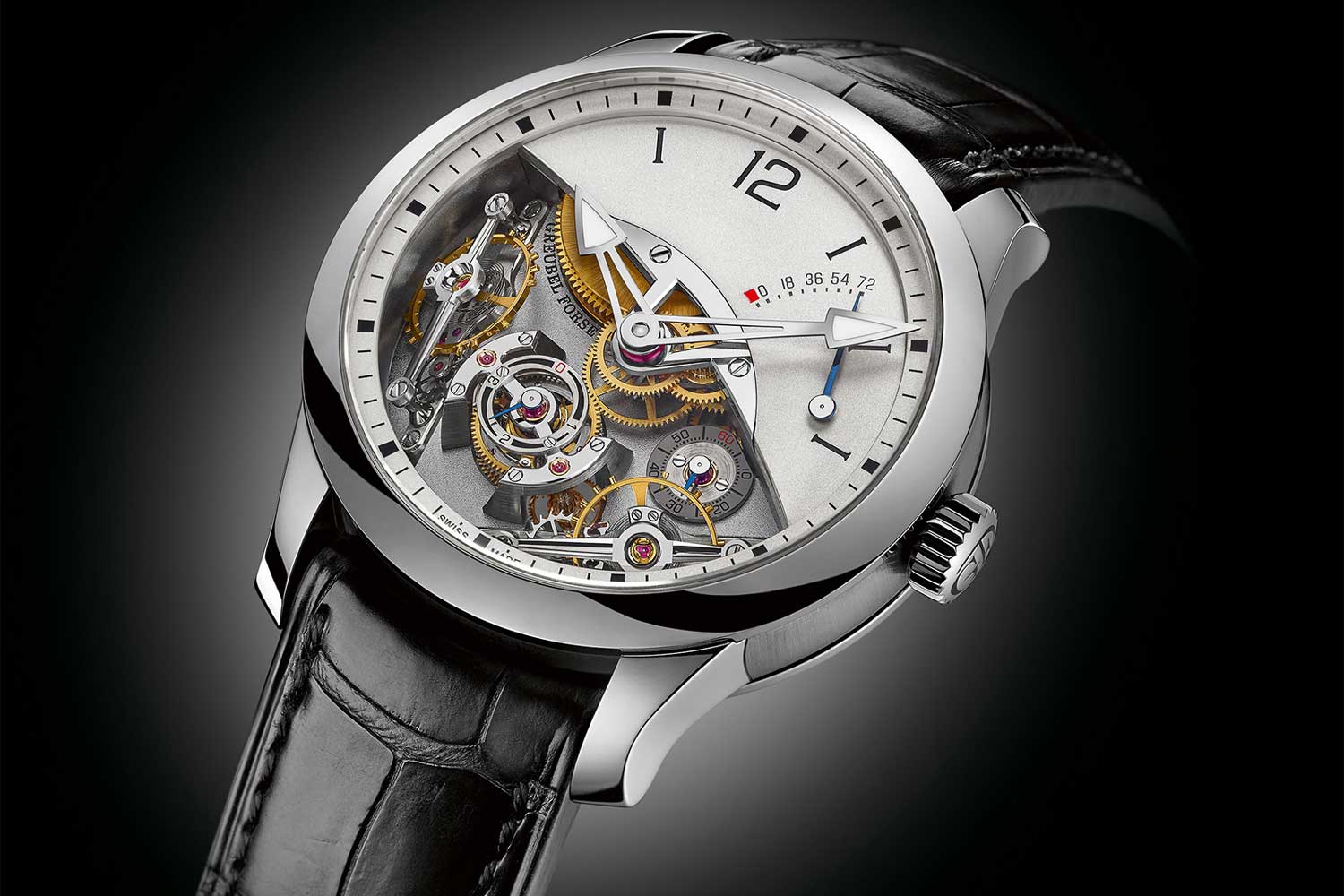
There's much more to see on the 2016 Double Balancier (image: Greubel Forsey)
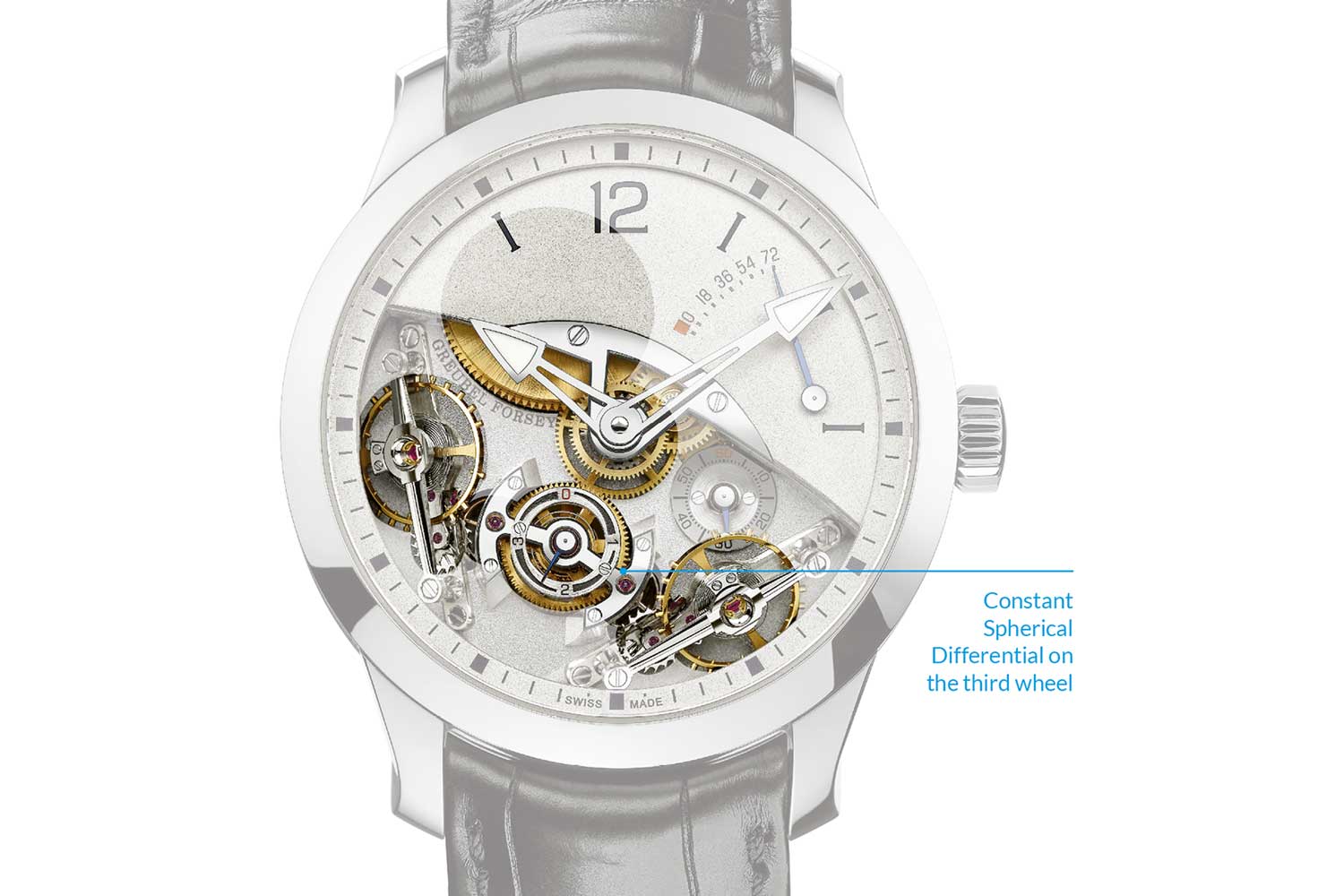
The differential that drives the two escapements doubles as a constant force mechanism
Resonance Watches
The third variety of watches incorporates two independent transmission systems that achieves greater rate stability via the principle of resonance thanks to a shared main plate or bridge. The first wristwatch to achieve a true resonance effect was the F.P. Journe Chronomètre à Résonance, launched in 2000. It was inspired by Breguet’s No. 3177, a resonance clock François-Paul Journe had encountered during his time as a restorer.
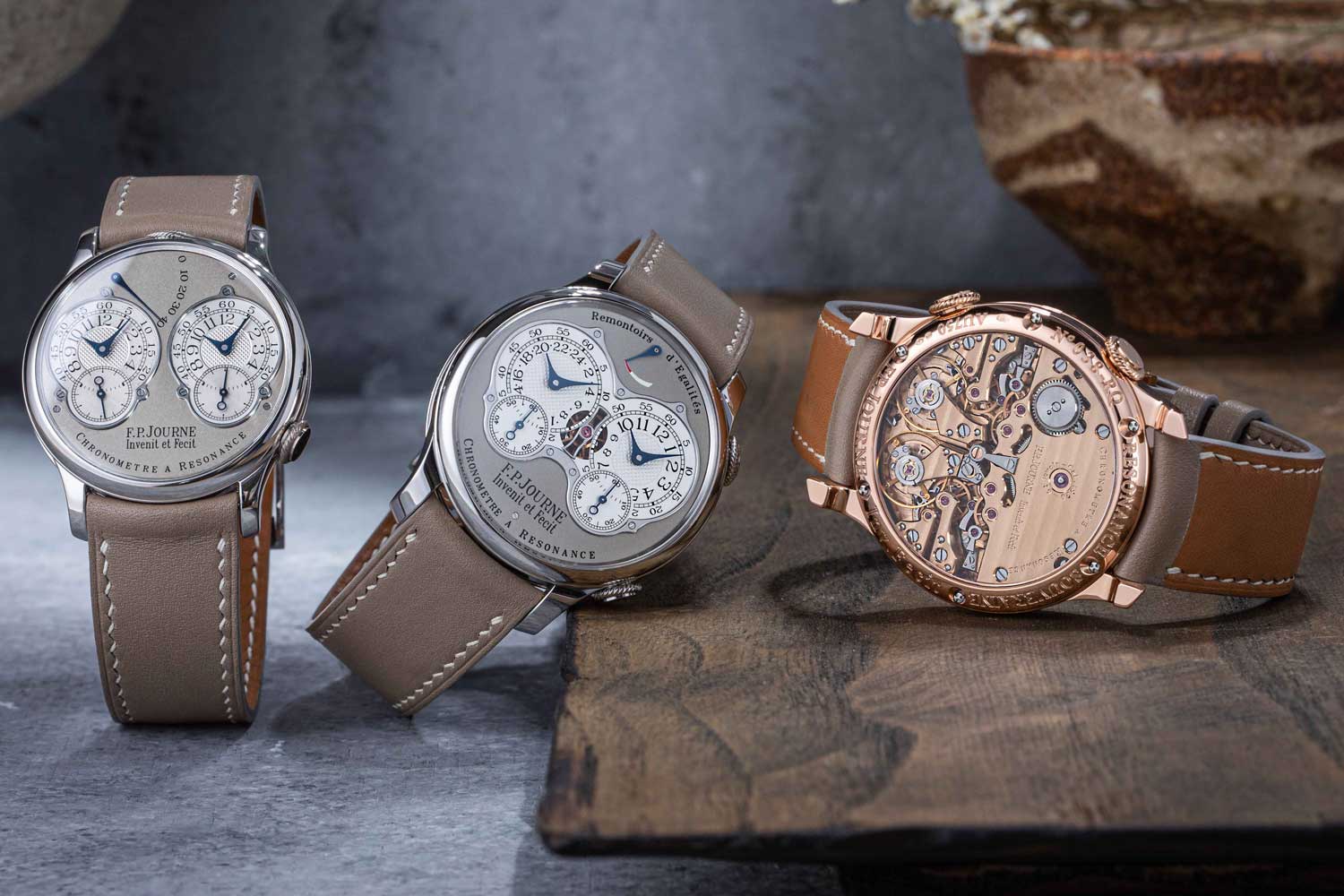
F.P. Journe Chronometre a Resonance Platinum (2000), Chronometre a Resonance in Platinum and Rose Gold 2020 (Image: The Hour Glass)
Ultimately, the key element for resonance to occur is its coupling structure. Breguet was one of the first watchmakers to have successfully achieved the phenomenon of resonance in pocket watches. Having tested and seen that resonance could occur in a vacuum, he realized that the effect relied on torsional resonance — the transfer of vibration from the balance cocks to the shared main plate.
In a wristwatch, the same logic applies; there is a tendency for the vibrations of two balance wheels to sync up, thereby achieving a better rate stability than either balance can achieve in isolation. The caveat to this is that the coupling forces are inherently weak. The two balances must be adjusted so that their rates are as close to each other as possible while being free sprung, as having an index regulator with two pins reduces the effect of the vibration transmitted from the hairspring to the cock and main plate.
The Chronomètre à Résonance remains the most faithful interpretation of Breguet’s resonance pocket watches; however, Journe has since developed a new resonance movement with several technical upgrades. The twin gear trains are now driven by a single barrel, thanks to a differential which divides power to each train. Additionally, each gear train is now equipped with its own remontoir d’égalité to address the problem of unequal torque delivered to the balance as the mainspring unwinds. As a result, the balance achieves more constant amplitude and consequently a higher degree of rate stability.
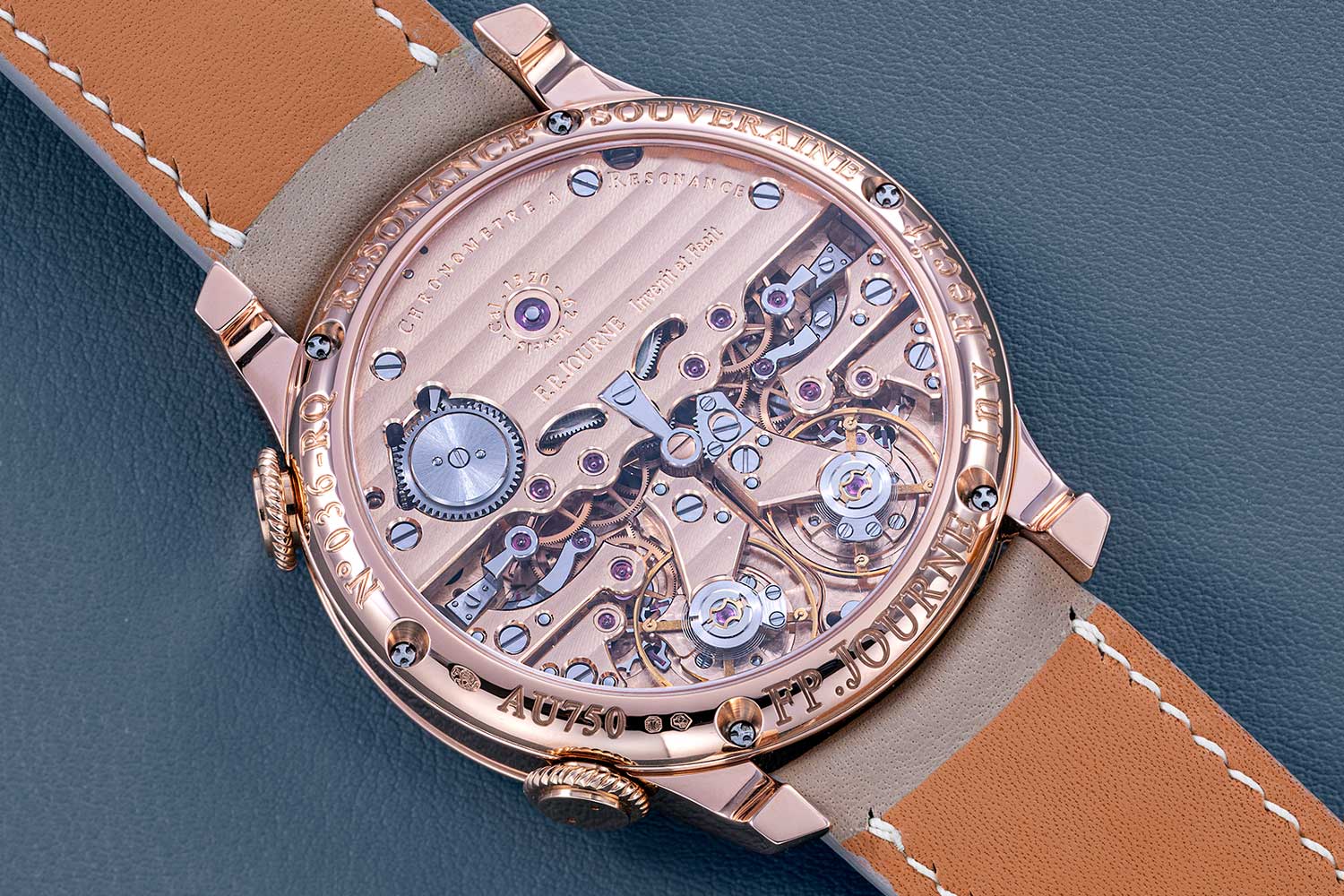
The new Chronomètre à Résonance incorporates a differential that splits power from a single barrel to two separate geartrains, each equipped with a remontoir (Image: The Hour Glass)
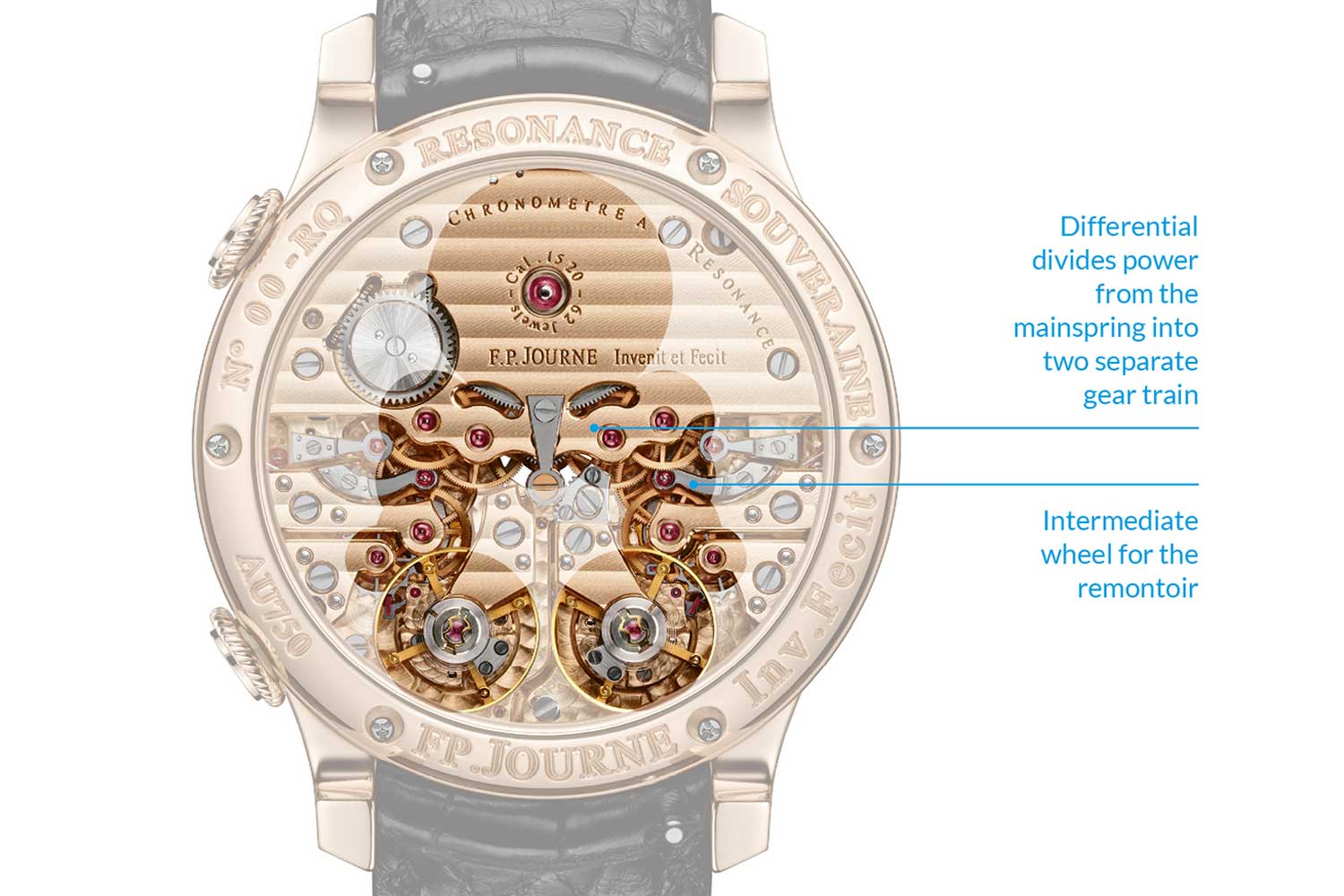
Power from a single barrel is divided to twin going trains via a differential in the middle. Resonance is then achieved further down the line
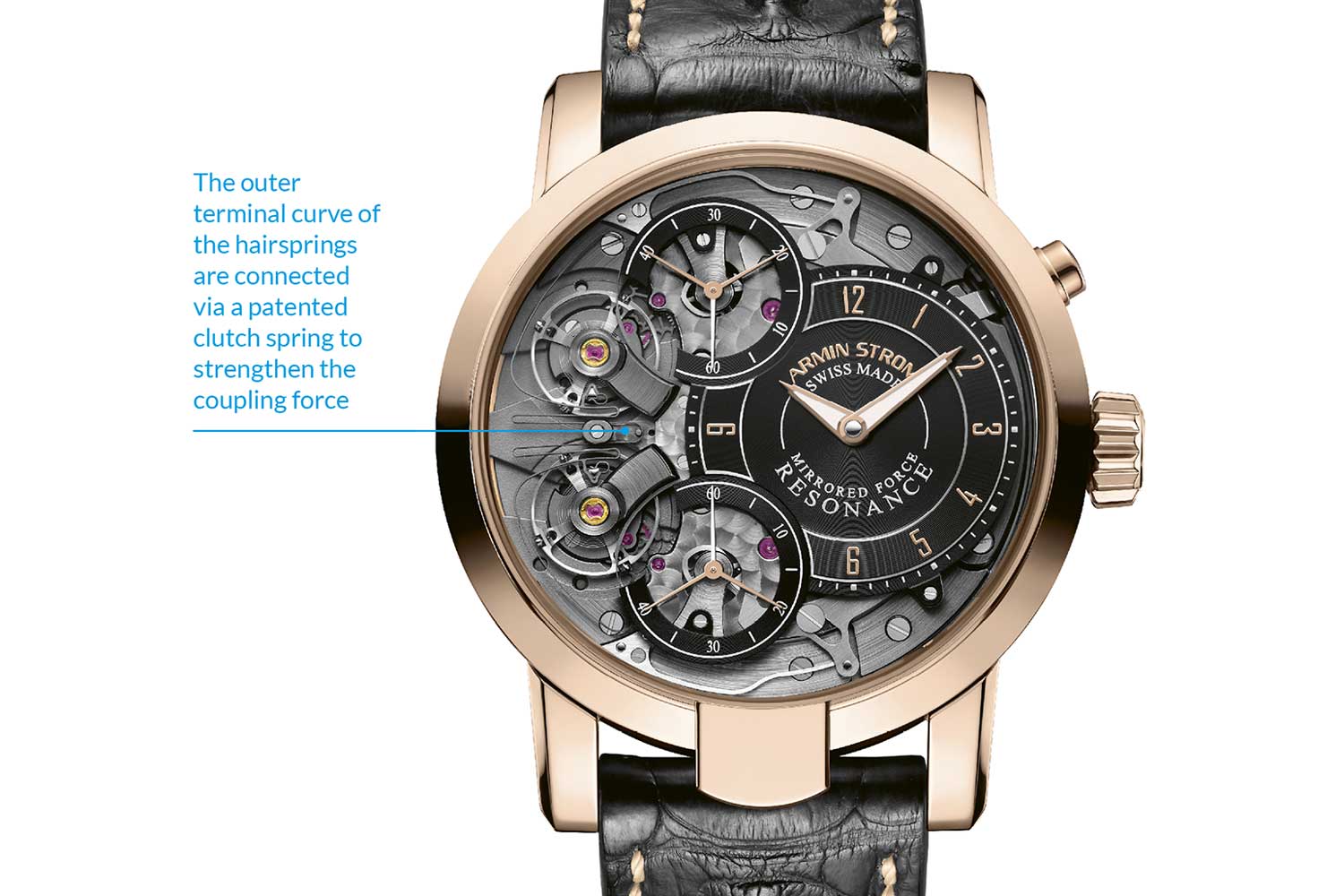
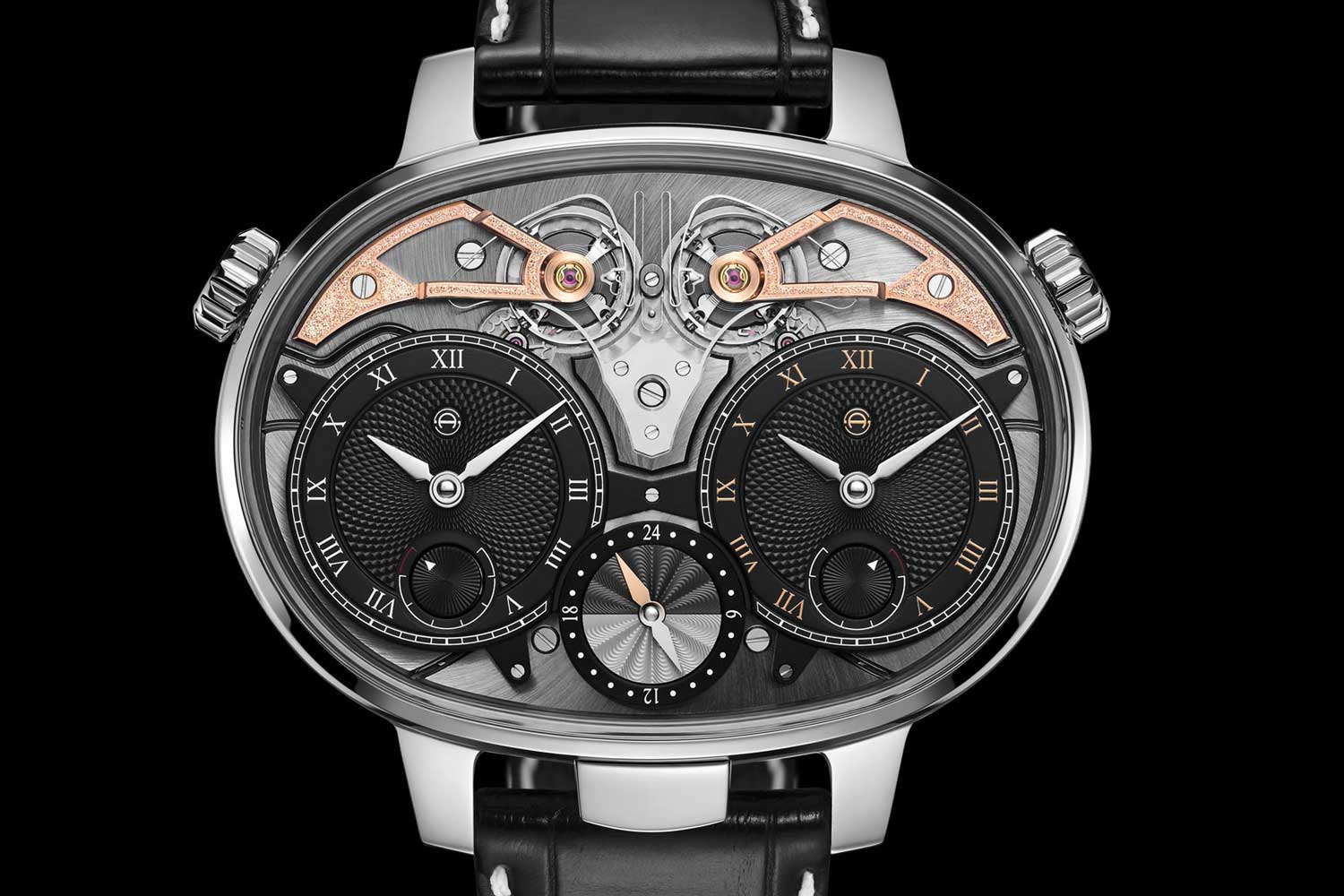
The Armin Strom Masterpiece 1 Dual Time Resonance GMT in which each geartrain drives a different timezone display
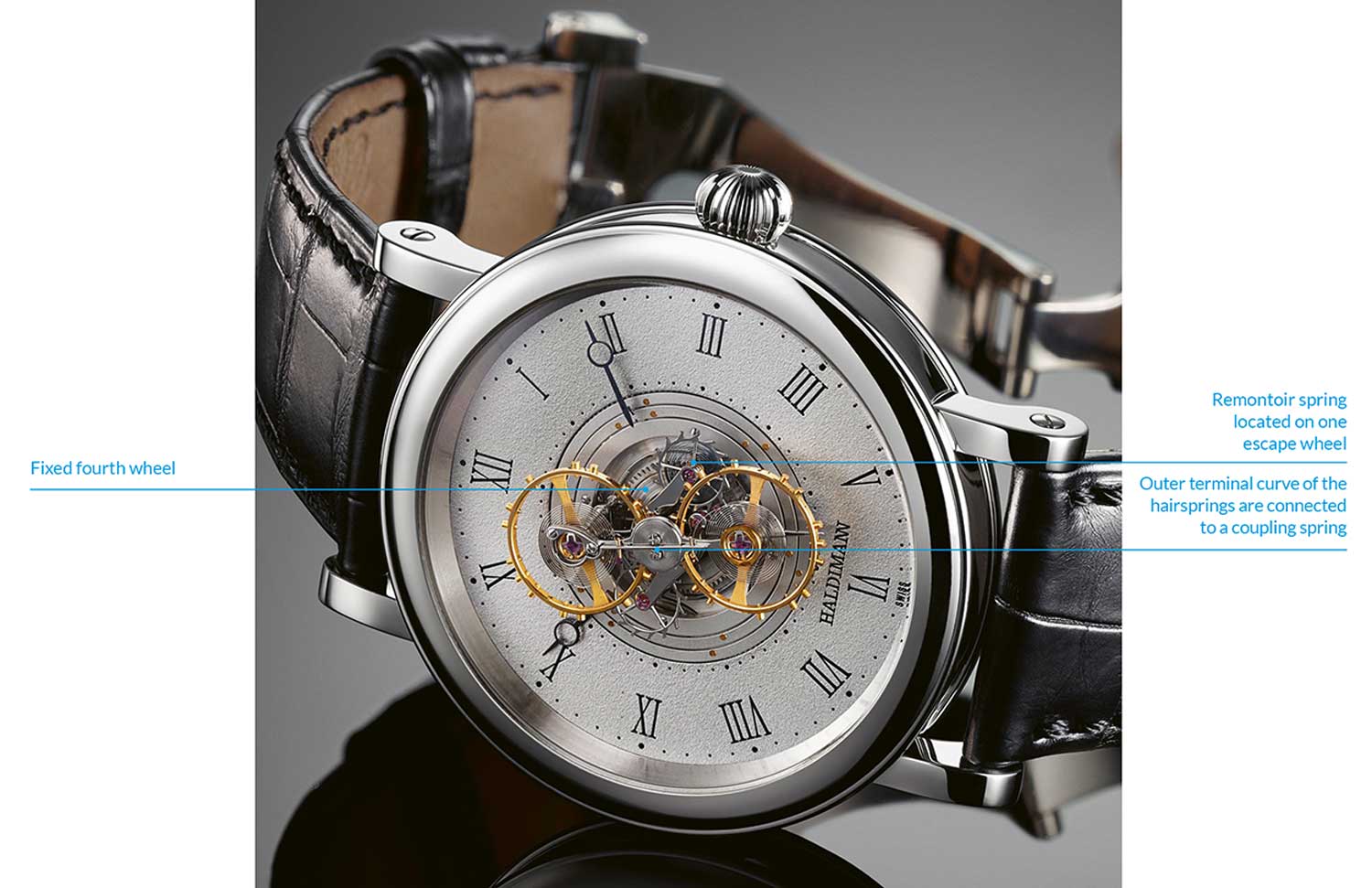
The ultra exotic Haldimann H2 Flying Resonance equipped with a double-balance flying tourbillon, which by definition relies on a single gear train
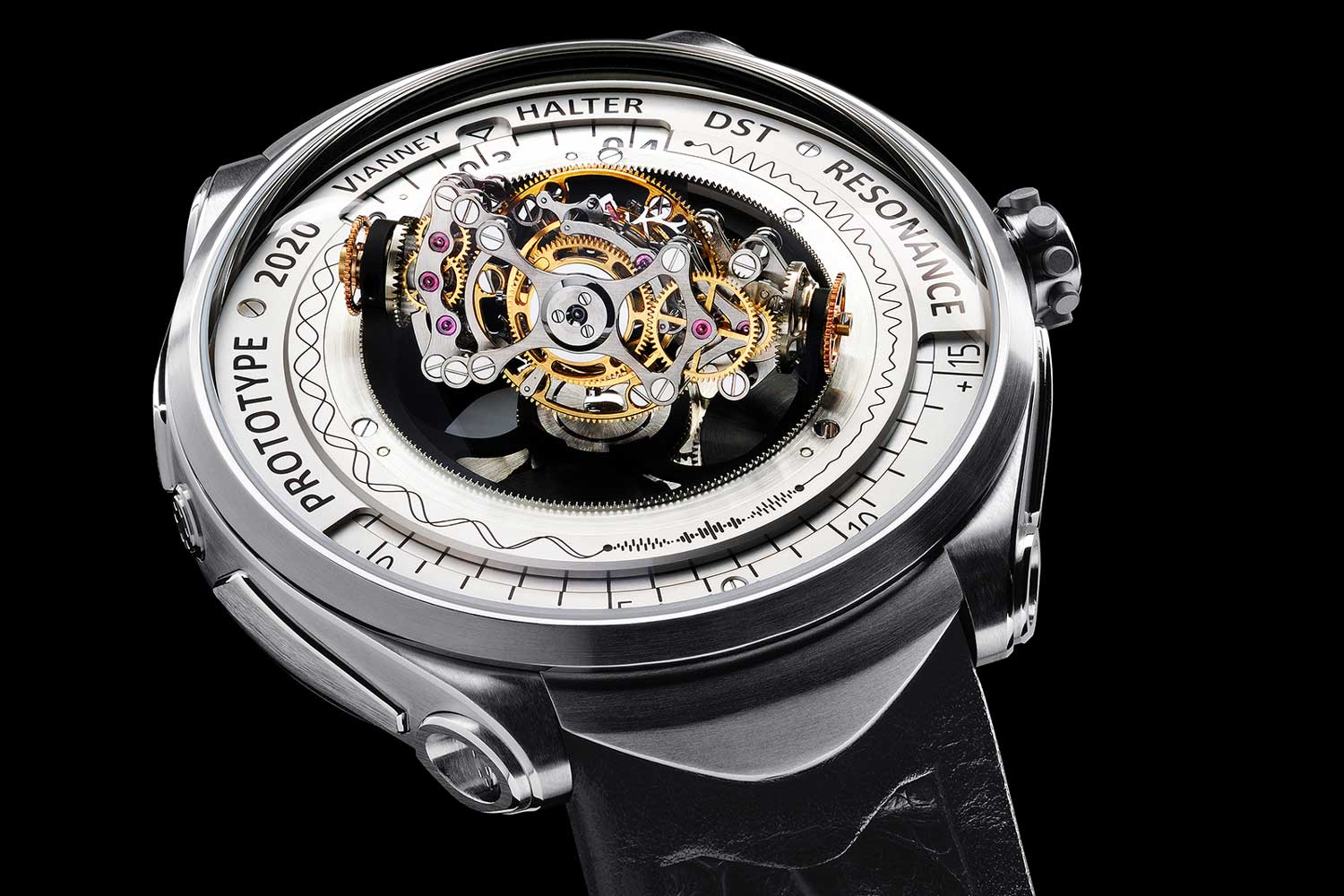
The Vianney Halter Deep Space Tourbillon Resonance with a triple-axis tourbillon housing two balance wheels
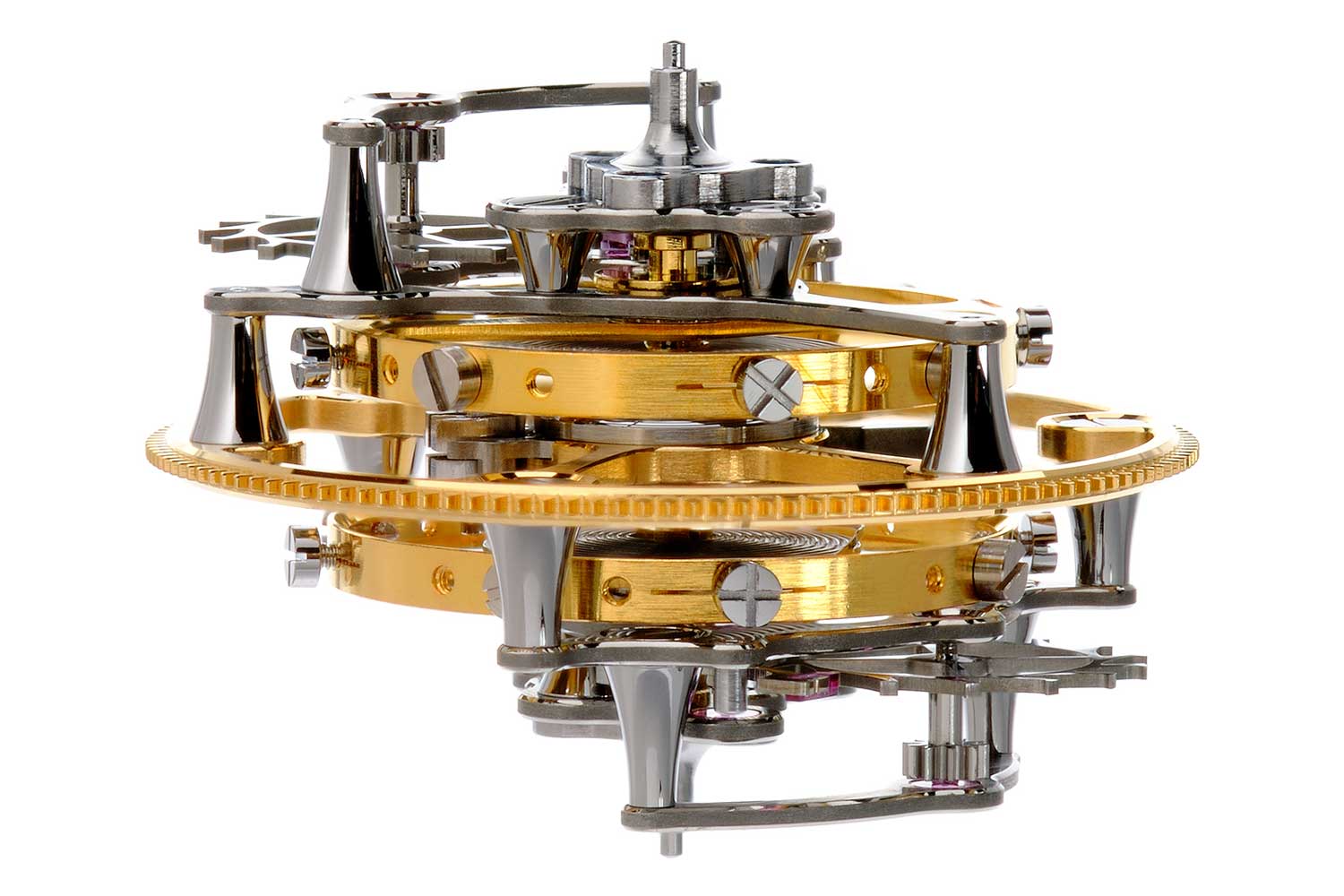
The setup of two balances that achieve resonance through a shared cage
The Outlier
Beyond the three main types of watches with double oscillators, there is one particular watch that achieves greater rate stability with a completely different approach — the Audemars Piguet Royal Oak Double Balance Wheel.
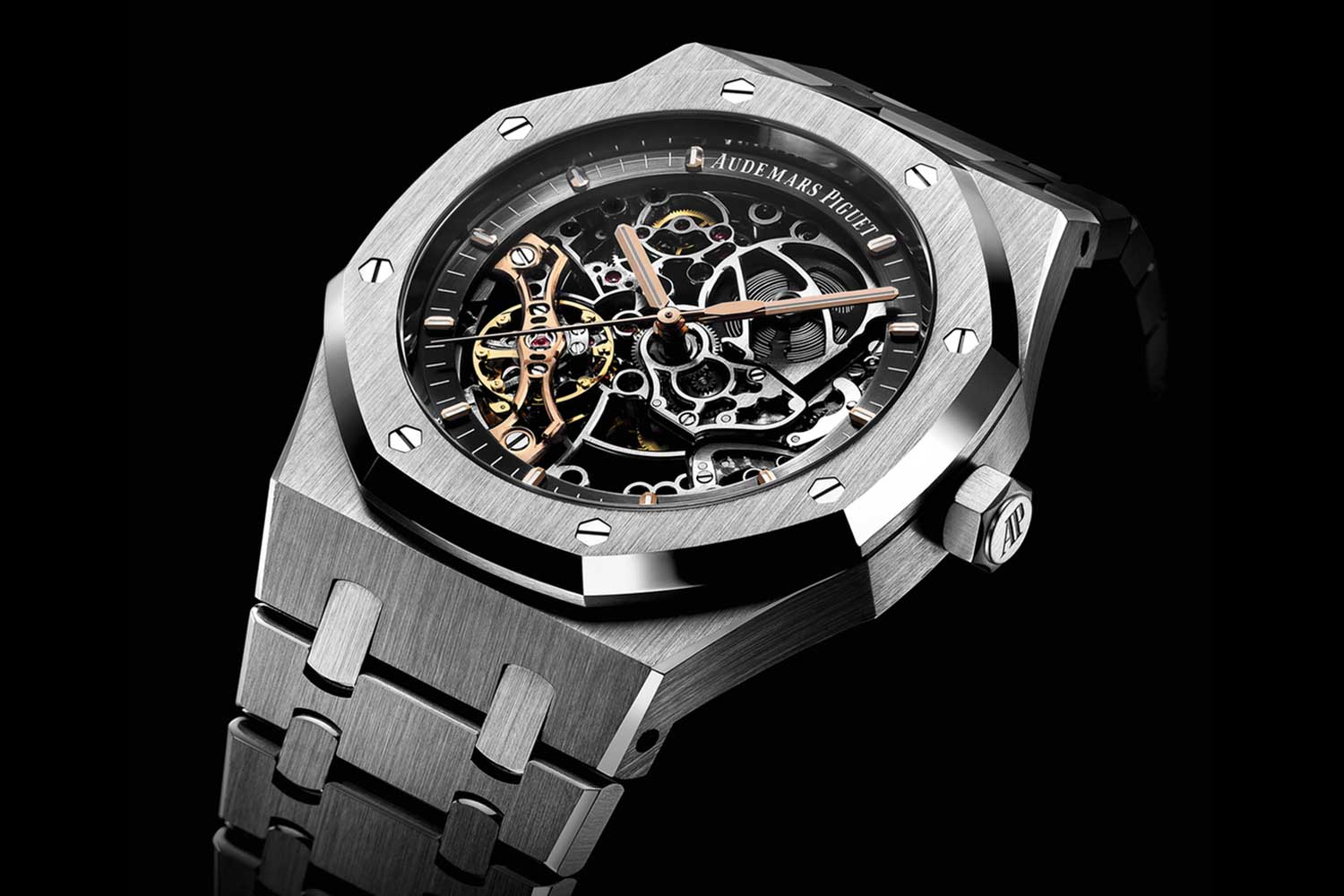
Audemars Piguet Royal Oak Double Balance Openworked
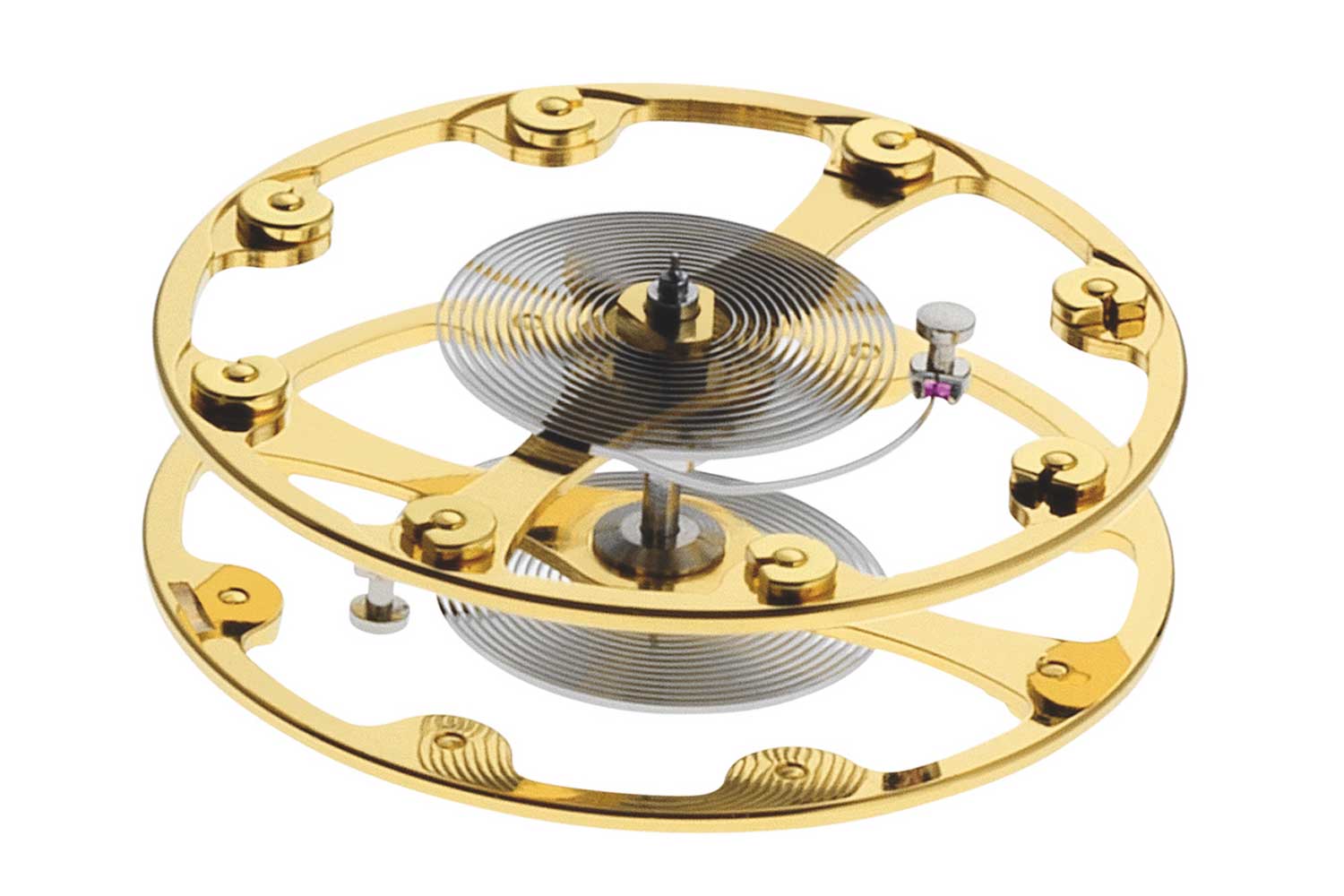
The two balances in this format are mounted on the same balance staff to increase inertia, thereby improving rate stability










